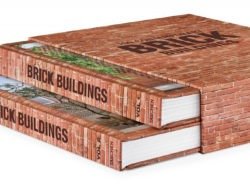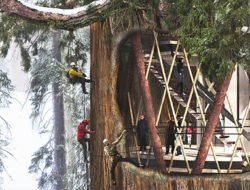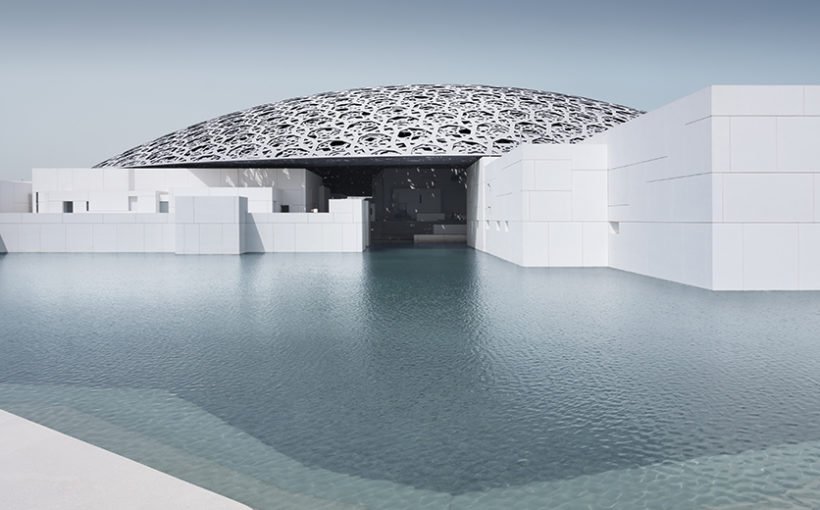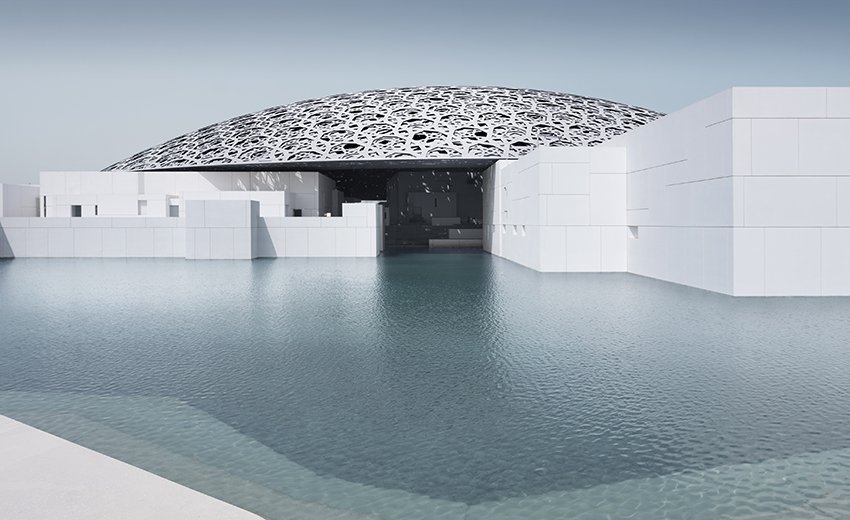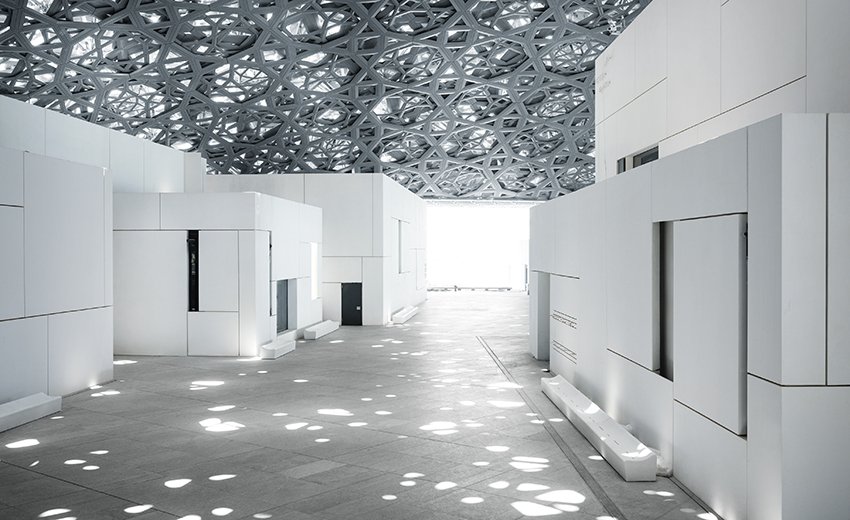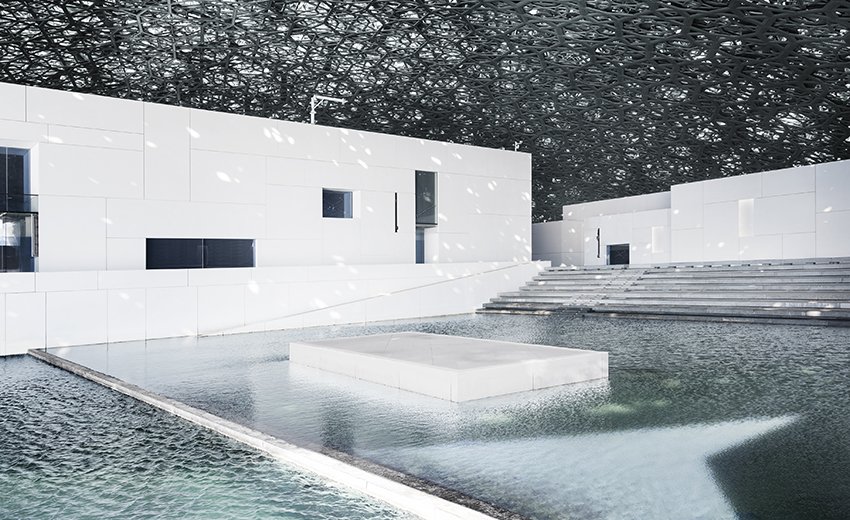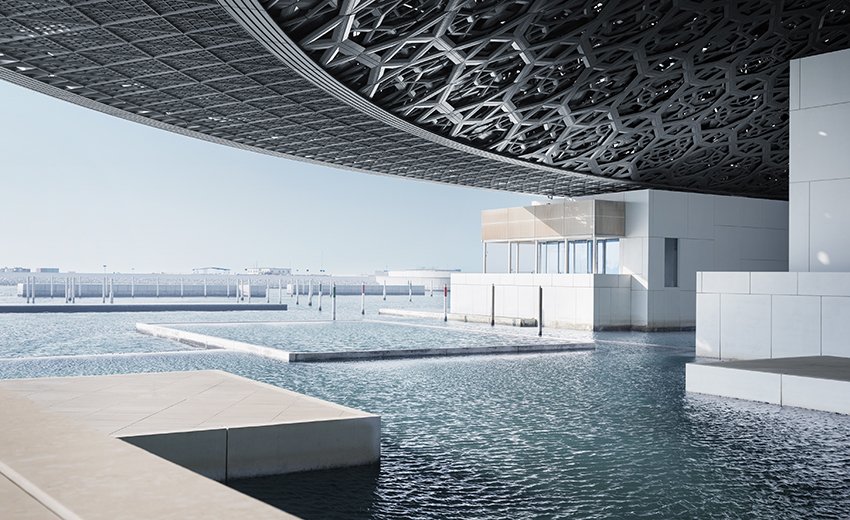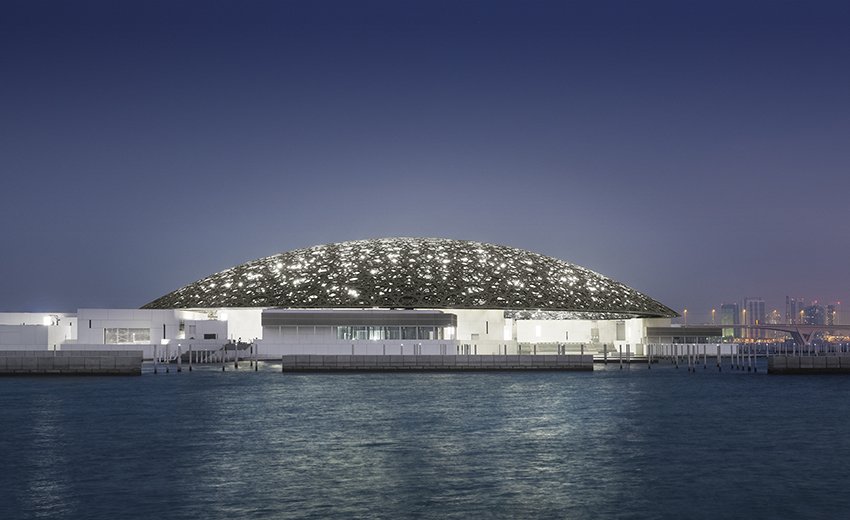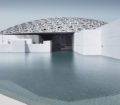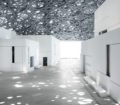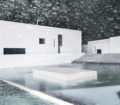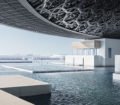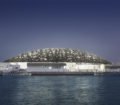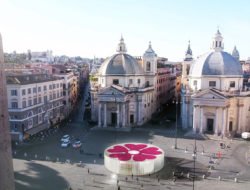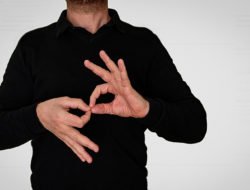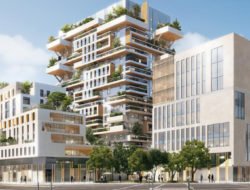The first universal museum in the Arab world, Louvre Abu Dhabi, is the result of a cultural collaboration of unprecedented scale between the United Arab Emirates and France. Designed as a true “museum city” of nearly 100,000 m2, the museum will present works of historical, cultural and sociological interest, both ancient and contemporary, from around the world. To carry out this premiere project, Abu Dhabi chose Jean Nouvel, the French star of architecture.
Ten years after the contract was signed between France and the United Arab Emirates, the Louvre Abu Dhabi will finally open its doors to the public, on November 11, with an inauguration that promises to be lavish. It’s objectives are considerable: to make Abu Dhabi the most important cultural centre in the Gulf, to encourage an exchange of cultures, but also to increase France’s soft power in a highly strategic region.
While waiting to see what its twenty-three permanent galleries have in store, the setting can already be admired: a city-museum (“medina”) erected on the island of Saadiyat, whose promenades overhang the sea, covered by a dome 180 metres in diameter, itself composed of 8,000 interwoven metal stars.
For this “architectural gesture”, Abu Dhabi chose the French architectural star Jean Nouvel. Back in 2006, the architect was invited to take part in the creation of a big cultural district in the Emirate. His mission: to build a museum of civilisations that would complete a string of cultural institutions. Today, “The Louvre of the sands” is the first of these establishments to be finished and, as the president of the Louvre Jean-Luc Martinez declared himself convinced, in a presentation in Paris on 22 September, “this building will no doubt become one of the images that will mark our era, just as Pei’s pyramid did here.”
Ray rain
More than a building, Jean Nouvel indeed explains he wanted to create a medina, composed of different white volumes of museum galleries, and envelop it in a micro-climate. He thus shelters his “cultural city” under a big parasol. 180 metres in diameter at its base, this dome is formed by several thicknesses of metallic mantillas. “Great Arabic architecture is always about geometry and light. Through the dome’s superimposed layers, a ray of sunshine will be blocked sometimes and sometimes find its way in. So light stains will appear and then disappear”, the architect explains. This phenomenon baptised “Ray rain” should appear as one of the major works of this new museum’s collection. Its power of attraction should in any case contribute to the success that awaits the Louvre Abu Dhabi.
Tags: Abu Dhabi, architecture, Jean Nouvel, Louvre, ray rain

































